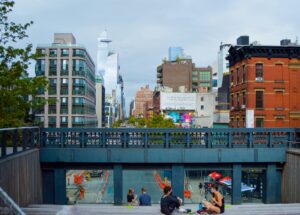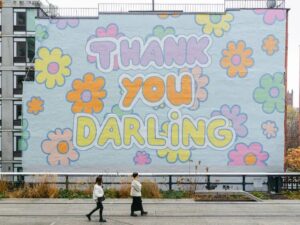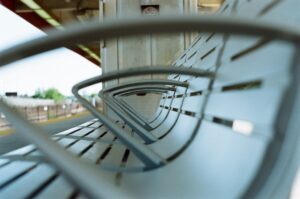Make your way through the goose-neck bridge, past the hordes of villain hitters bent over paper effigies on wooden stools, and you’ll arrive at the ground level piazza of Causeway Bay’s Times Square mall, where families gather round the latest exhibitions and buskers serenade the shoppers.
Less than a decade ago, the venue was at the centre of one of Hong Kong’s most notorious public space controversies. Times Square, local media revealed, was restricting access to its supposedly public piazza, because the developer did not want people sitting there all day long and causing the mall’s image to “deteriorate”.
This infamous incident was just the tip of the iceberg for public spaces owned and managed by private developers. This summer, it was reported that Hung Hom’s newly-minted Kerry Hotel had sealed off its 2/F public landscape deck – which boasts a glorious view of the Victoria Harbour – for “maintenance purposes,” while a plaque indicating its public status was placed in an inconspicuous location. The space has reportedly since reopened.
Similarly, a hidden public space on the 4/F of the Tuen Mun Town Plaza that consists of sports courts remains fenced off despite public outrage a year ago, In-Media reported last month.
The topic of privately-owned public space has been garnering increasing media attention over the past decade, and it has become harder for developers to get away with restricting the public’s access to these spaces.
But a more significant, yet lesser-known problem, a leading researcher told HKFP, is in fact the government’s long-standing policy of asking developers to be providers of open space, whilst counting these wholly private areas towards the overall open space enjoyed by HongKongers.
Read the full article on Hong Kong Free Press
Author:
Recommended by Stephanie Cheung











More Stories
Abandoned no more: Mumbai’s new park on previously disused land
Studio Saar crowns Udaan Park with canopy of colourful birds
In Tokyo, a public toilet that is also a cinema and a kiosk